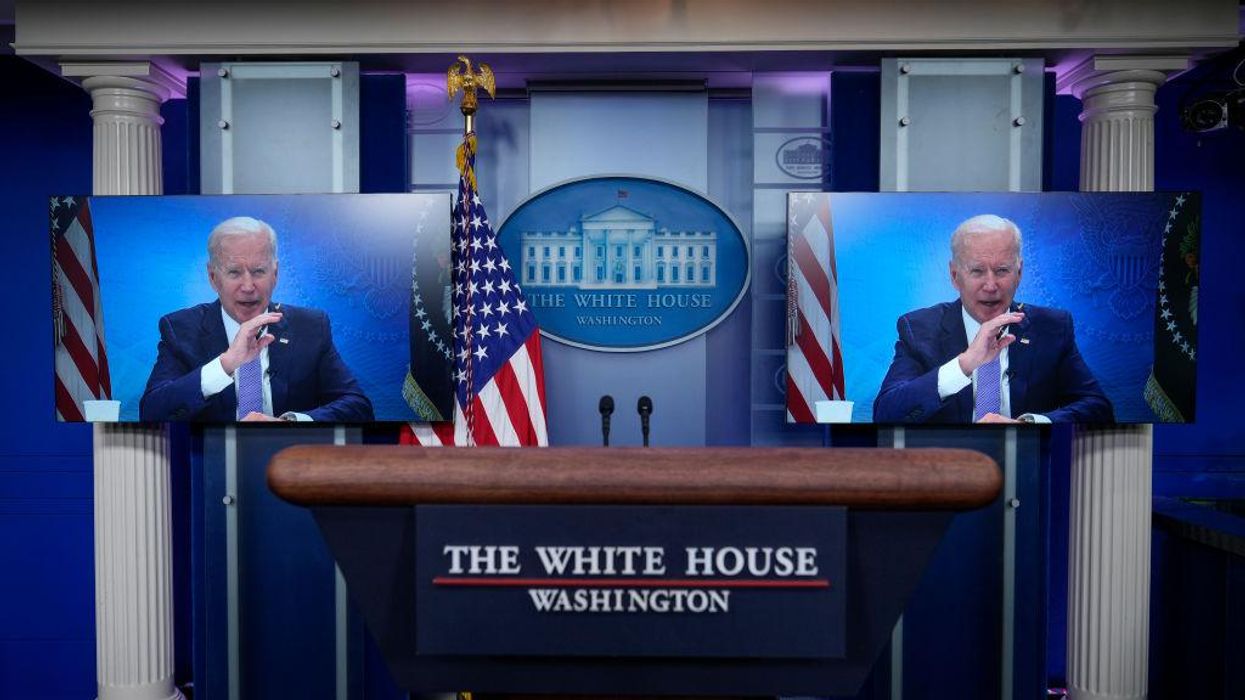
Drew Angerer/Getty Images

Inflation rose more than expected in April, with prices rising at the fastest rate in more than 12 years as the federal government continues to pump trillions of dollars into the economy to spur recovery after the pandemic.
The Labor Department reported Wednesday that the Consumer Price Index, a measure of prices paid for goods and services, including housing and energy costs, rose 4.2% from where it was a year ago. Economists had predicted only a 3.6% increase. Inflation rose by 0.8% in April vs. the expected 0.2% increase.
Because food and energy prices can change quickly with supply or demand shocks, a more stable measure of inflation is core CPI, which excludes those prices. Core CPI increased 3% over the last year and 0.9% in April. The estimated increases were 2.3% and 0.3% respectively.
An inflation increase of 4.2% is the fastest increase in inflation since 2008.
More from CNBC:
Energy prices overall jumped 25% from a year earlier, including a 49.6% increase for gasoline and 37.3% for fuel oil. That came even though most energy categories saw a decline in April.
Prices at the pump, which fell 1.4% in April, have resumed their climb in May, with the national average eclipsing $3 a gallon for the first time since November 2014, according to AAA. Further rises are likely from Friday's cyberattack that shut down Colonial Pipeline's main transmission line from Houston to New Jersey.
Used car and truck prices, which are seen as a key inflation indicator, surged 21%, including a 10% increase in April alone. Shelter, another key CPI component, was up 2.1% year over year and 0.4% for the month.
World events have also caused prices to rise, including production issues with semiconductors found in electronics products, the Suez Canal blockage in March, and increased demand for building materials like lumber after severe weather in Texas and elsewhere in the U.S.
The staggering rise in prices comes on the heels of a disappointing jobs report for April, when only 266,000 new jobs were created instead of an expected 1 million jobs and the unemployment rate rose from 6% to 6.1%.
Some economists had warned that President Joe Biden's $1.9 trillion American Rescue Plan might inject too much money into the economy, leading to depreciating value of the dollar. Lawrence Summers, an economic adviser to President Barack Obama, wrote an op-ed for the Washington Post raising concerns that Biden's stimulus might cause "inflationary pressures of a kind we have not seen in a generation, with consequences for the value of the dollar and financial stability."
Olivier Blanchard, former chief economist at the IMF, likewise warned that Biden's coronavirus relief package could "overheat the economy so badly as to be counterproductive."
The specter of a stagnant economy with rising inflation haunts these economists' nightmares. The 1970s and early '80s were notorious for a phenomena known as "stagflation" — where prices and unemployment were rising together. In 1975, inflation reached a peak of 10.1% before falling to 5.9% the next year. By 1981, inflation had risen again to 9.6%.
A sharp increase in inflation could spur the Federal Reserve to raise interest rates in an attempt to discourage consumer spending and encourage savings, which would lower prices but contract the economy. Rising interest rates increase the cost of credit cards, loans, and mortgages, but also improve the earnings on savings accounts and certificates of deposits (CDs).
Since the 2008 financial crisis, the Federal Reserve has set a target interest rate near zero instead of its traditional target of 2% annual inflation to encourage consumer spending and investments and boost recovery. Federal Reserve officials have gone on the record saying there are no plans to raise interest rates until the inflation rate averages around 2% for an extended period.
For now, policymakers are unconcerned with April's increase in inflation, claiming the numbers are higher because inflation reached significant lows at the onset of the COVID-19 pandemic and the shutdown of the U.S. economy. They indicate it is possible that inflation will be distorted for a few months because of the pandemic response.